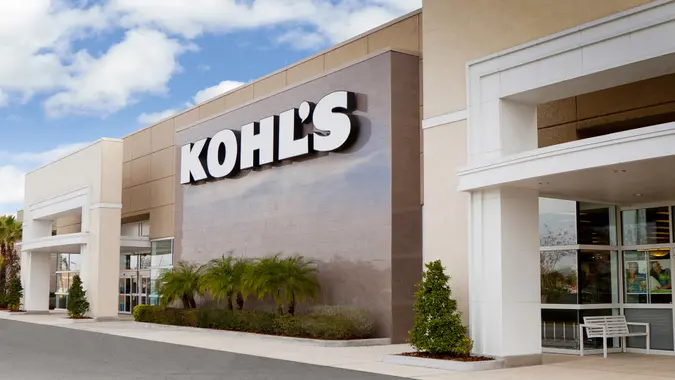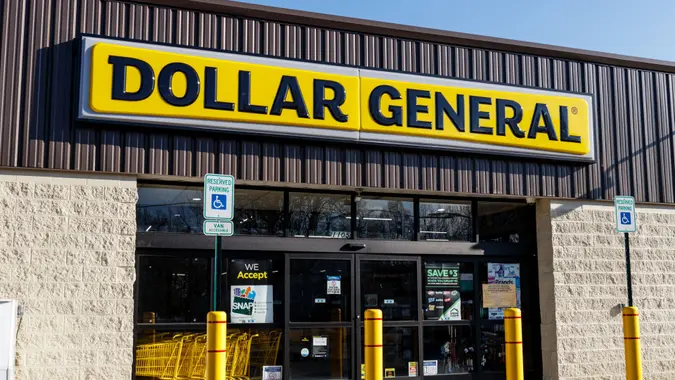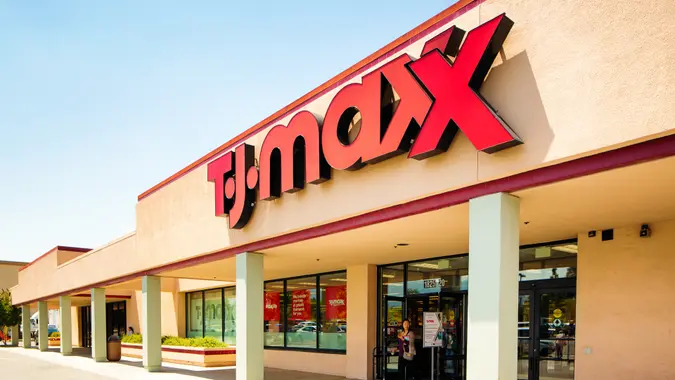These 4 Cities Have Easy Commutes — but High Costs of Living

Commitment to Our Readers
GOBankingRates' editorial team is committed to bringing you unbiased reviews and information. We use data-driven methodologies to evaluate financial products and services - our reviews and ratings are not influenced by advertisers. You can read more about our editorial guidelines and our products and services review methodology.

20 Years
Helping You Live Richer

Reviewed
by Experts

Trusted by
Millions of Readers
Getting to work doesn’t have to mean sitting in traffic for hours. In some cities, commuting can be surprisingly short — but that convenience can cost a lot of money. If you’re thinking about relocating, be prepared to trade a lack of gridlock for a higher cost of living in some locations.
Here are four expensive cities with relatively short commute times and good access to public transportation.
San Francisco
- Average commute time: 32.9 minutes
- Cost of living: 145.5% higher than the U.S. average
- Minimum annual income (single): $108,800
- Minimum annual income (family): $237,240
With its picturesque waterfront views and the iconic Golden Gate bridge, no wonder many people left their hearts in San Francisco. It is considered to be the third-most-expensive major city in the United States, per Apartment List, and for good reason — the median price of a house in San Francisco exceeds $1.2 million.
While the average commute time comes in slightly higher than the national average and traffic can be bad, the city does offer plenty of public transportation options to help with commutes. Better yet, according to a Point2Homes study, commuting via the bus instead of a car can save commuters $10,000 per year in San Francisco.
The best way to get to any destination in the city is the public transportation system, which consists of Muni and Bay Area Rapid Transit (BART). Muni oversees the cable cars, streetcars, metro and trolley buses. The high-speed rail network, BART, travels outward from the city, even to the airport.
Berkeley, California
- Average commute time: 28.7 minutes
- Cost of living: 95.5% higher than the U.S. average
- Minimum annual income (single): $82,400
- Minimum annual income (family): $253,080
Berkeley is listed as one of the 25 best college towns and cities in the U.S. by Travel + Leisure magazine. Situated close to San Francisco and Silicon Valley, the total cost of living here is 95.5% higher than the average U.S. city.
Walking or cycling are great ways to get to most places in Berkeley, but there are other options of public transportation. BART is also one of the major modes of transport. Free shuttles are available from BART stations to many popular places in the city. Last but not least, there is the AC Transit, or bus service.
Las Vegas
- Average commute time: 25.4 minutes
- Cost of living: 10.6% higher than the U.S. average
- Minimum annual income (single): $51,200
- Minimum annual income (family): $73,440
Las Vegas ranked as the second-best city in the U.S. for the quickest commutes, per a Lyft study. Its average commute time comes in at just 25.6 minutes, and it has one of the highest percentages of carpoolers. Plus, it’s one of only two cities that don’t experience higher travel times during commuting hours — a big plus.
And don’t forget about public transportation. Las Vegas has a monorail service, as well as buses and shuttles.
While Las Vegas is cheaper than the other cities on this list, its cost of living is higher than the national average by nearly 11%.
Seattle
- Average commute time: 27.5 minutes
- Cost of living: 58.1% higher than the U.S. average
- Minimum annual income (single): $82,400
- Minimum annual income (family): $158,040
Seattle, nicknamed the Emerald City, is surrounded by forests of evergreen trees, with the Olympic Mountains to the west and Mt. Rainier to the south. Seattle’s cost of living is about 58% higher than the national average.
The best way to get to downtown Seattle is the Link Light Rail, but another option is the Seattle bus system that has numerous routes throughout the city. BestPlaces even called Seattle’s bus system “one of the most comprehensive in the country.” A third option is to take one of the water taxis or ferries to your destination and see the city from a different point of view.
Editor’s note: All commute times, cost of living and income data were sourced from BestPlaces.
More From GOBankingRates
- Nearly 1 in 3 Americans Hit by a Costly Holiday Scam, Norton Survey Shows -- How To Avoid This
- Here's What the Average Social Security Payment Will Be in Winter 2025
- How Middle-Class Earners Are Quietly Becoming Millionaires -- and How You Can, Too
- The Easiest Way to Score $250 for Things You Already Do
Sources
- BestPlaces
- Apartment List, “Cost of Living in San Francisco, CA.”
- Point2Homes, “How Much Can Renters Save by Switching from a Car Commute to Using Public Transit?“
- Travel + Leisure, “25 Best College Towns and Cities in the U.S.“
- Lyft, “The best cities for commuters.”
 Written by
Written by  Edited by
Edited by 

























